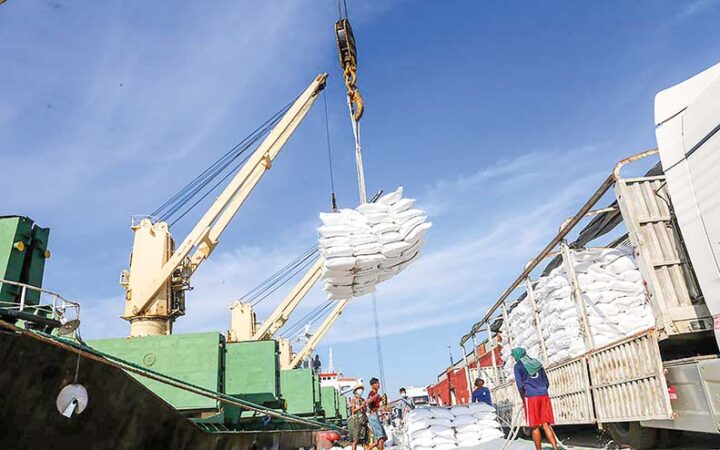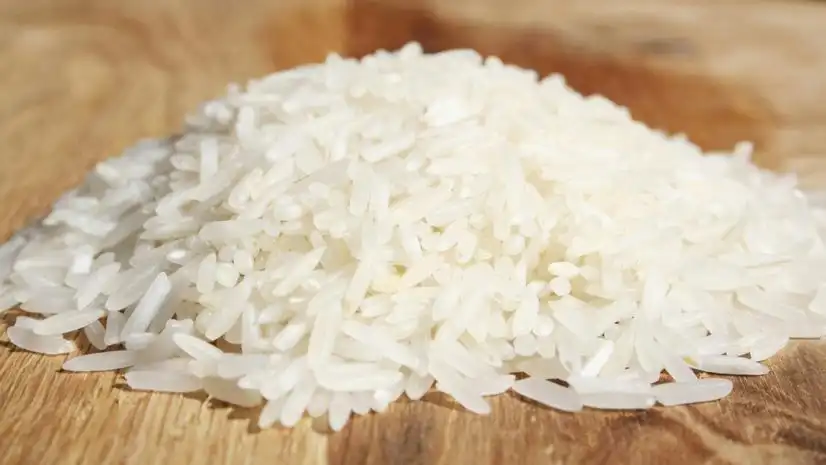Tags
India’s Rice Export Policy Sends Shockwaves Through Global Market
India’s decision to lift rice export bans has led to steep price declines worldwide and altered trade dynamics.
The global rice market is currently experiencing significant upheaval due to recent policy changes implemented by the Indian government. India, the world’s largest rice exporter, recently lifted two bans on rice exports, prompting sharp fluctuations and price drops across the international market.
On March 8, 2025, reports indicated India had officially removed the ban on exporting 100% broken rice along with other administrative changes. This move was significant, considering India supplies about 40% of the global rice market. Consequently, the shifts have led to increased rice availability from India, creating downward pressure on prices and complicated trading conditions for other exporting countries like Vietnam and Thailand.
Reflecting these changes, the price of 5% broken rice from Vietnam saw dramatic declines, plummeting from $700 per ton in August 2023 to just $395 per ton by February 2025, marking a staggering drop of about 43%. Various traders highlighted this unpredictability; one noted, “The price of Vietnamese 5% broken rice decreased from 700 USD/ton to 395 USD/ton, marking about a 43% drop after India’s export policy shift.” This underscored the increasing uncertainty for local Vietnamese rice producers.
Meanwhile, other large rice-exporting nations such as Thailand and Pakistan have also reported increases in their rice output. Yet, the rise of rice stock from India has significantly impacted demand among key importing nations. For example, the Philippines reportedly cut its rice import demand by 40% as economic conditions led them to reassess their purchasing strategies and manage rice reserves more effectively for 2024.
Market analysts predict India’s rice production to hit around 145 million tons for 2025, alongside projected exports increase to 21 million tons—an increase of 3 million tons compared to the previous year. This abundance, coupled with reduced demand from countries like Indonesia and Malaysia, is creating fierce competition among rice-exporting nations. The global rice production for the 2024-2025 season is forecasted to achieve record levels at 533.8 million tons.
Despite the conditions affecting rice prices, Thailand appears to be holding steady, with rice priced around $415 per ton. Thai traders noted no significant shifts or large orders expected shortly, hinting at prices stabilizing but potentially facing pressure depending on exchange rates and global market dynamics.Aside from pricing, India’s strategy to improve rice quality is evident. Recently, Indian Finance Minister Nirmala Sitharaman announced amendments to the Import-Export Tax Act, creating new HS codes for Geographical Indication (GI) rice. This will allow for the distinction among specialty rice varieties and encourage broader exporting opportunities.
The market is also seeing competition from non-Basmati rice exports to countries like Indonesia, where India approved shipments of 1 million tons, thereby extending its reach and partnerships amid growing demands. This proactive approach aims to solidify India’s role as not just a quantity provider but as a high-quality rice supplier on the global stage.
Looking at the immediate future, Vietnam’s Ministry of Industry and Trade plans to meet with the Vietnam Food Association and local businesses to discuss trade promotion initiatives targeted at key markets such as the Philippines and China. With increased competition and fluctuated price levels, the focus on strengthening these important relationships will be pivotal.
Interestingly, the state of domestic rice prices is juxtaposed with the conditions seen elsewhere. For example, rice prices within Bangladesh remain elevated, stressing the need for increased reserves through imports as consumer costs rise.
With this backdrop of policy changes and substantial market dynamics impacting global rice trade, the future remains uncertain. Observers will be closely watching how India navigates its export policies and competitive strategies, particularly as the demands of importing nations evolve and the international rice marketplace continues to transform.
https://evrimagaci.org/tpg/indias-rice-export-policy-sends-shockwaves-through-global-market-255942Published Date: March 9, 2025






